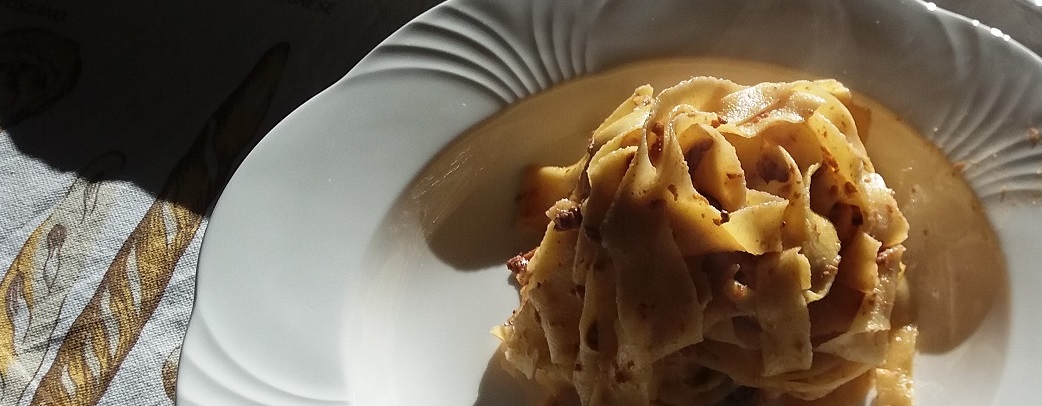Although durum wheat and soft wheat both belong to the wheat plant, there are considerable differences between them.The durum wheat grain has an elongated shape and has a particularly bright yellowish color. It is cultivated in clay soils with little humidity, not by chance it is a typically produced in Southern Italy and the Islands. It is less resistant to bad weather and difficult to adapt to areas other than those where it is generally cultivated. As to nutritional characteristics, durum wheat contains high amounts of fiber, which help to keep a healthy body, especially with regard to the intestine. Furthermore, the fibers also have depurative and satiating properties. Durum wheat contains more proteins and caroteinoids and powerful antioxidant substances than soft wheat. It has a great capacity to retain water inside. Despite bringing many benefits to our body, this cereal is definitely not recommended to those who are intolerant to gluten. Durum wheat, on the other hand, is particularly suitable for all those suffering from heart problems because it is cholesterol-free. Moreover, compared to the tender one, this type of wheat has a lower glycemic index, for the ones who want to keep under control their insulin levels.
Soft wheat grains, unlike those of durum wheat, are much more brittle, with a round shape and an opaque color. It is mostly cultivated on hills or mountains with a mild weahter. The soft wheat has a higher glycemic index and a lower quantity of protein compared to durum wheat. Furthermore, soft wheat does not have a great capacity to absorb water and this is particularly suitable for the preparation of doughs. Which flour do you use in your kitchen to make your best fresh pasta?

